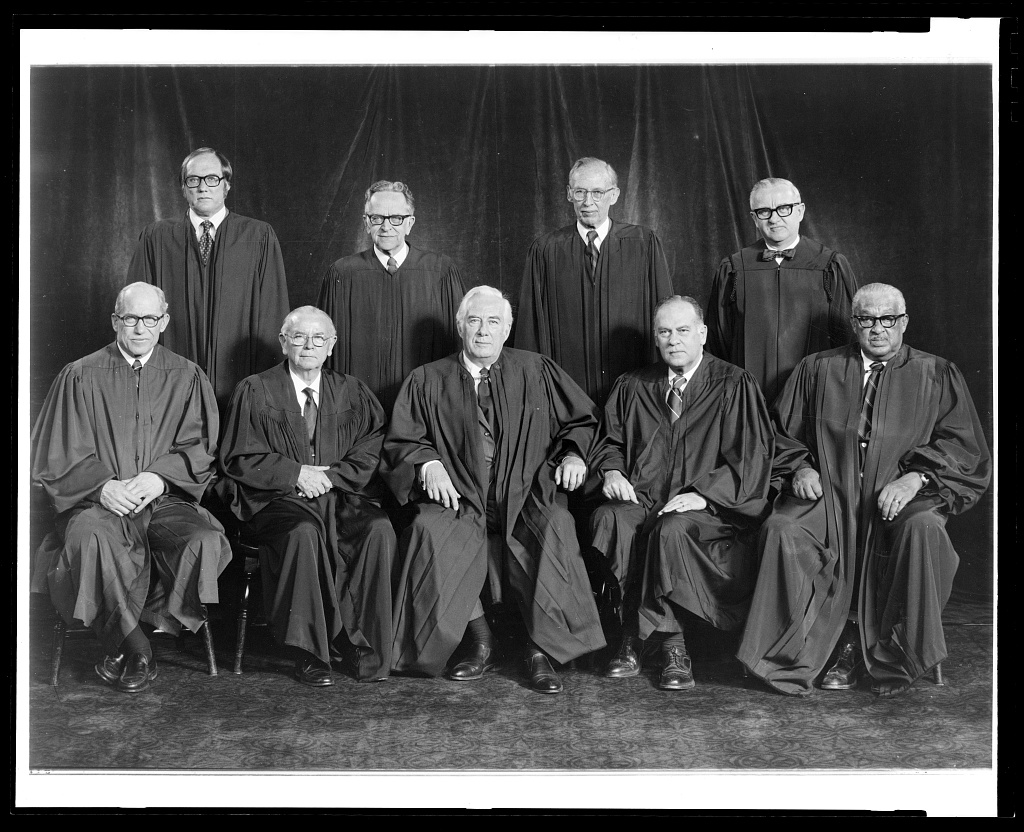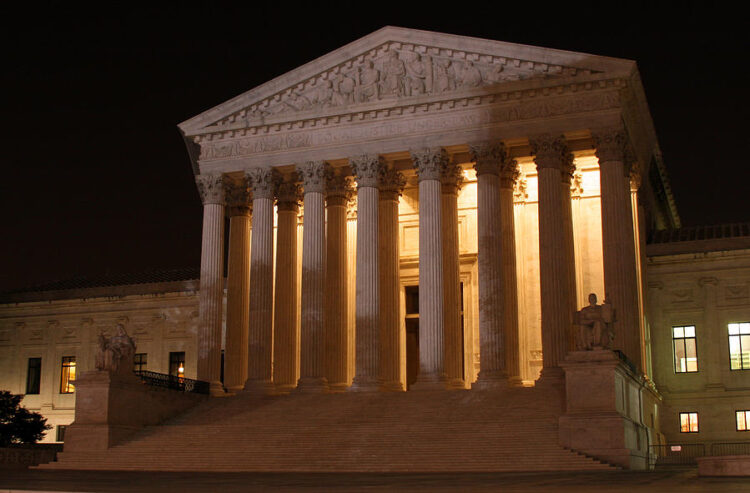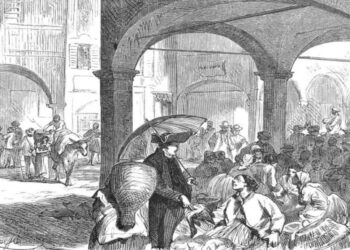In the United States, the Supreme Court stands as the highest court in the nation, with its decisions shaping the very fabric of American law and society. Among its esteemed justices, the role of the Associate Justice holds significant weight, providing a balance to the judicial processes and contributing to landmark rulings that affect millions. Understanding their responsibilities and the implications of their decisions is essential for grasping the broader landscape of American jurisprudence.
What is the role of an Associate Justice of the Supreme Court of the United States?
An Associate Justice of the Supreme Court analyzes legal arguments, evaluates the constitutionality of laws, and contributes to the formation of legal precedents through majority, concurring, or dissenting opinions. These justices hold the power to influence critical decisions on issues such as civil rights, healthcare, and environmental protection, leaving a lasting impact on the nation.
The Structure of the Supreme Court
The Supreme Court consists of nine justices: one Chief Justice and eight Associate Justices. This structure enables a diversity of opinions and interpretations of the law. The President appoints justices with the Senate’s advice and consent, leading to a court composition that can reflect the political landscape of the country.
Table 1: Composition of the U.S. Supreme Court (2023)
| Justice | Year Appointed | Nominated By | Political Affiliation |
|---|---|---|---|
| John Roberts (Chief Justice) | 2005 | George W. Bush | Conservative |
| Clarence Thomas | 1991 | George H.W. Bush | Conservative |
| Samuel Alito | 2006 | George W. Bush | Conservative |
| Sonia Sotomayor | 2009 | Barack Obama | Liberal |
| Elena Kagan | 2010 | Barack Obama | Liberal |
| Neil Gorsuch | 2017 | Donald Trump | Conservative |
| Brett Kavanaugh | 2018 | Donald Trump | Conservative |
| Amy Coney Barrett | 2020 | Donald Trump | Conservative |
The political affiliations of justices often become pivotal during Supreme Court hearings and deliberations. As the court adapts to changing political climates, the ideological balance can shift, leading to debates on several pressing issues.
Key Responsibilities of Associate Justices
Associate Justices are responsible for several critical duties, including:
-
Hearing Cases: Each justice reviews cases that have been appealed from lower courts. The court selects cases that raise significant federal or constitutional questions.
-
Writing Opinions: Justices write majority opinions, concurring opinions to support the majority while adding additional comments, and dissenting opinions where they disagree with the majority’s ruling. This writing serves not only to clarify legal reasoning but also to guide future cases.
-
Participating in Oral Arguments: Justices engage in questioning during oral arguments, allowing them to clarify points and challenge attorneys’ viewpoints before deliberation.
-
Voting on Cases: After deliberation, justices cast their votes, determining the outcome of cases. The majority opinion dictates the legal precedent set by the court.
Table 2: Major Supreme Court Decisions by Associate Justices (2023)
| Case Name | Issue | Ruling | Justice Delivering the Opinion |
|---|---|---|---|
| Dobbs v. Jackson Women’s Health | Abortion rights | Overturned Roe v. Wade, allowing states to regulate abortion | Samuel Alito |
| West Virginia v. EPA | Environmental regulation | Limited EPA’s authority to regulate emissions under the Clean Air Act | Neil Gorsuch |
| Students for Fair Admission v. Harvard | Affirmative action in college admissions | Upheld affirmative action policies at Harvard University | Sonia Sotomayor |
| 303 Creative LLC v. Elenis | Free speech and LGBTQ+ rights | Ruled that a web designer can refuse to create websites for same-sex weddings | Amy Coney Barrett |
These cases reflect how Associate Justices can significantly influence American law, often igniting public debate and dialogue on contentious issues.
The Confirmation Process
The appointment and confirmation of Associate Justices involve meticulous scrutiny. Each nominee undergoes a series of hearings conducted by the Senate Judiciary Committee, where they respond to questions regarding their judicial philosophy, prior rulings, and views on constitutional issues. This process can be highly politicized, influencing the public’s perception of the nominee’s qualifications and biases.
Image Description

The in-depth examination during the confirmation hearings often reveals the potential ideological leanings of nominees, impacting their likelihood of receiving Senate confirmation. Historically, nominees have faced challenges based on their judicial records and opinions, leading to rigorous debates and sometimes contentious votes in the Senate.
The Impact of Associate Justices
The decisions made by Associate Justices extend far beyond the courtroom. They shape public policy and influence societal norms. For example, rulings concerning healthcare can alter the landscape of access to medical services, while decisions related to civil rights can propel social movements or halt progress. Furthermore, justices must remain cognizant of their role within the broader government framework, understanding the implications of their legal reasoning on separation of powers and federalism.
The influence of these justices extends into various sectors, including education, business, and civil liberties. As advocates for the rule of law, Associate Justices uphold constitutional principles while interpreting how these principles apply in contemporary times.
Conclusion: The Ongoing Role of Associate Justices
As society evolves, the role of Associate Justices continues to transform, responding to shifts in legal, social, and political climates. Through their decisions, these justices not only address immediate legal questions but also set lasting precedents that define the American legal landscape for generations. Understanding their functions, responsibilities, and the broader implications of their rulings is essential for engaging with the society we live in.
With each new appointment, the Supreme Court faces unique challenges that will shape the future of law and society in the United States. Observers continue to watch closely, as the decisions rendered by these justices will inevitably guide America’s legal and moral compass.







